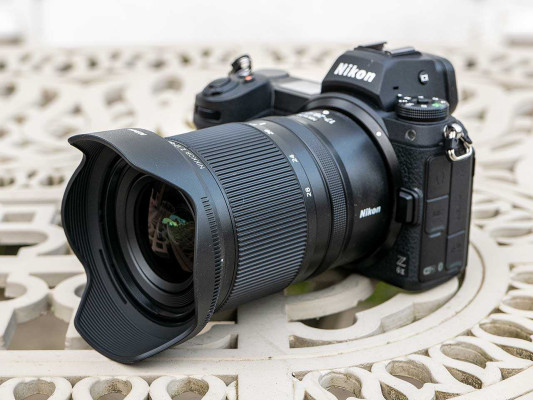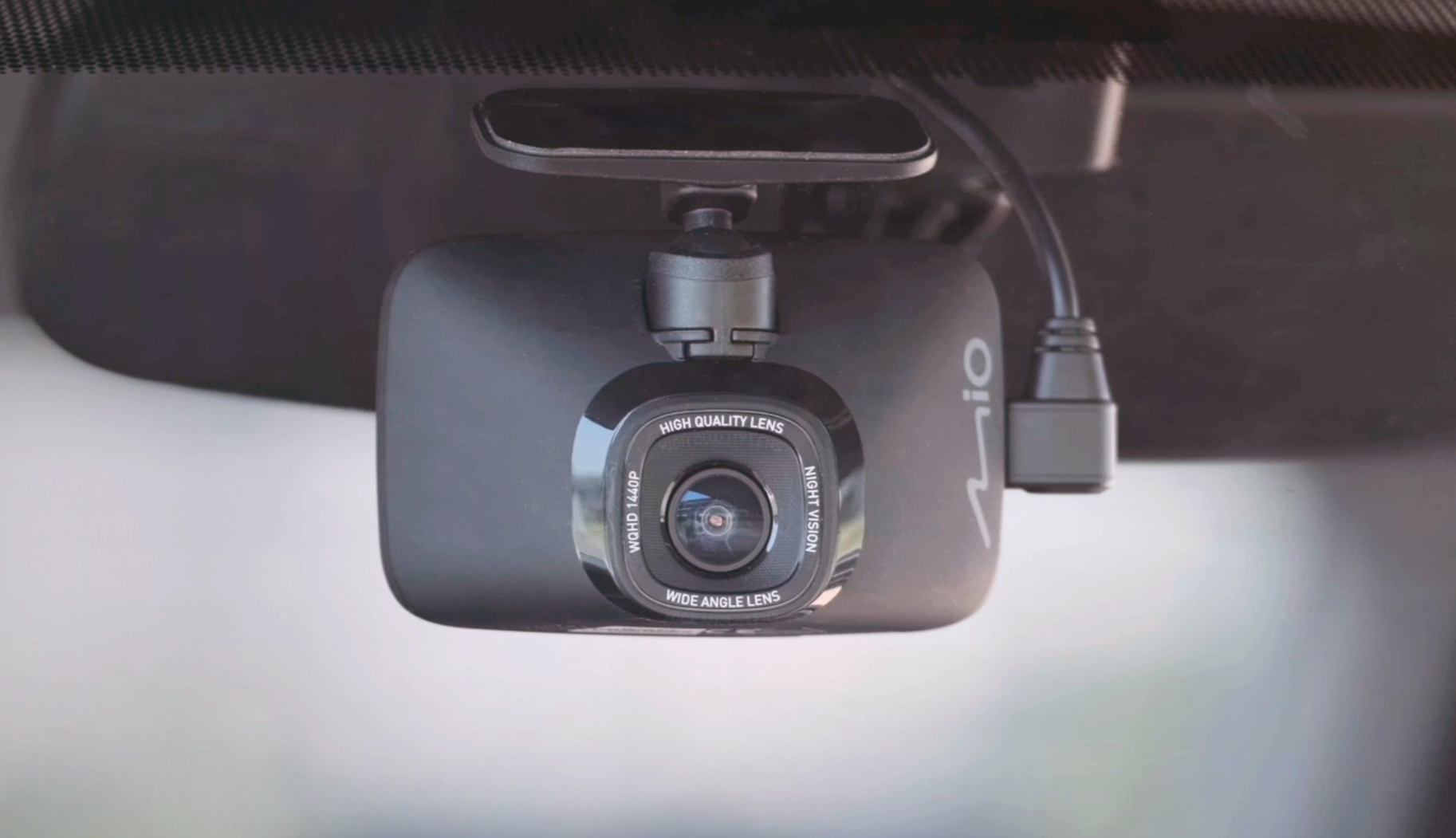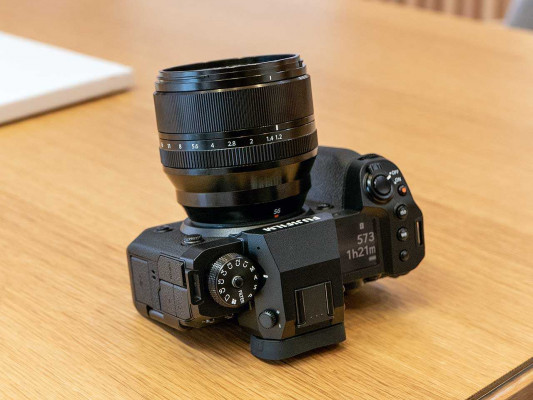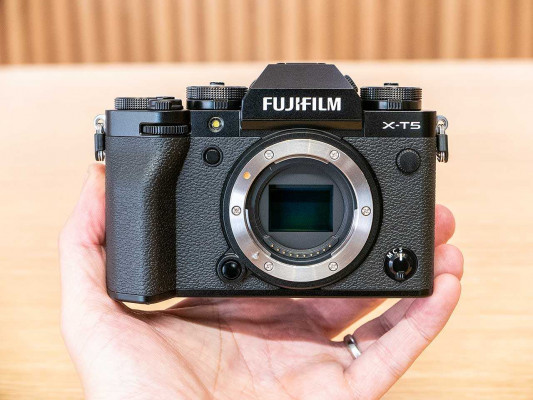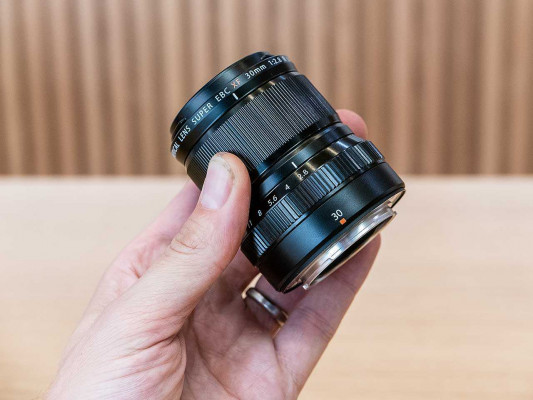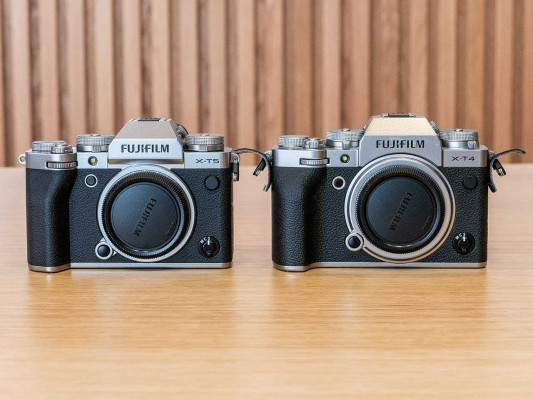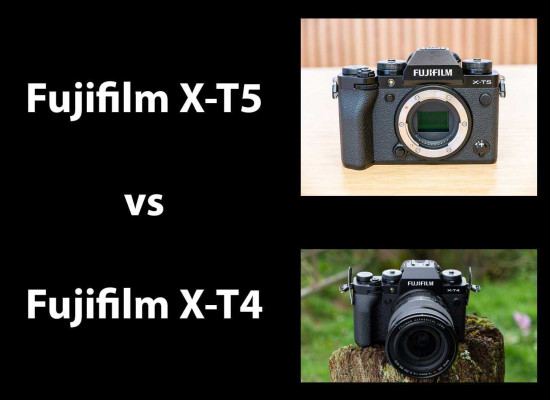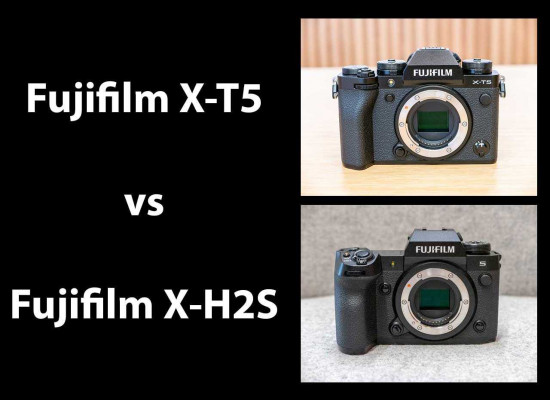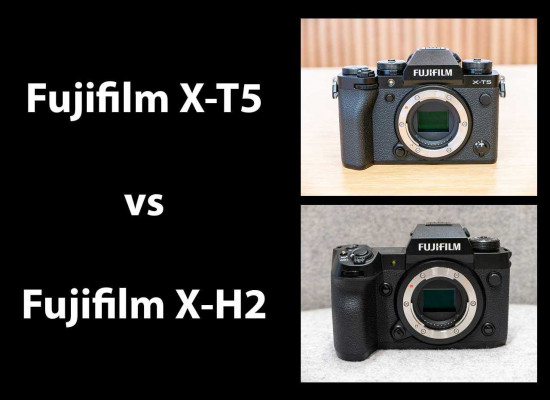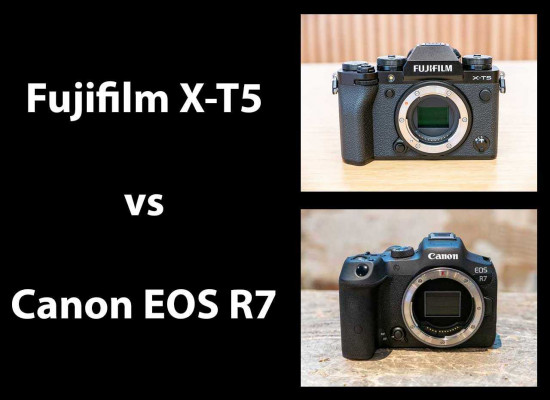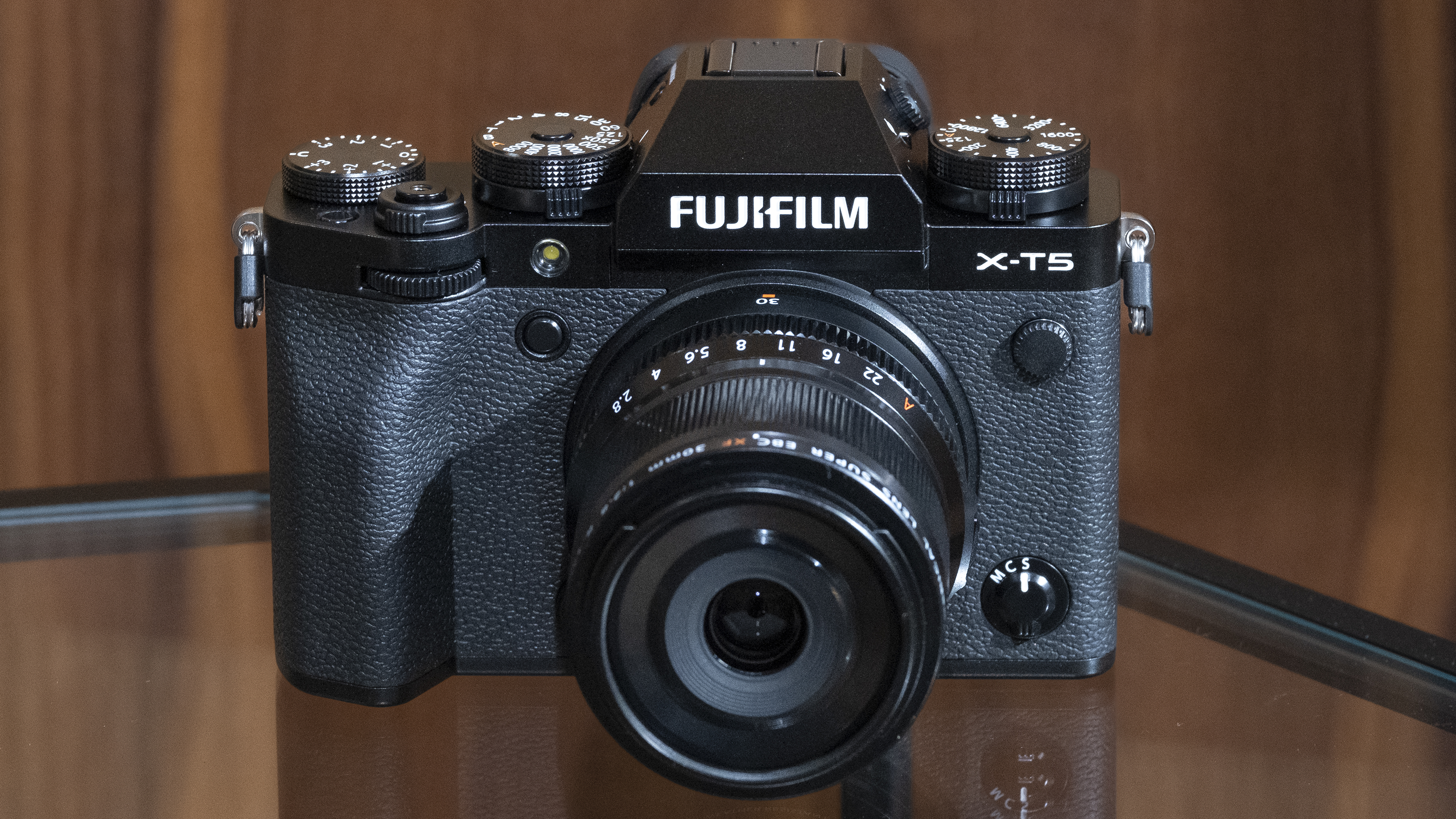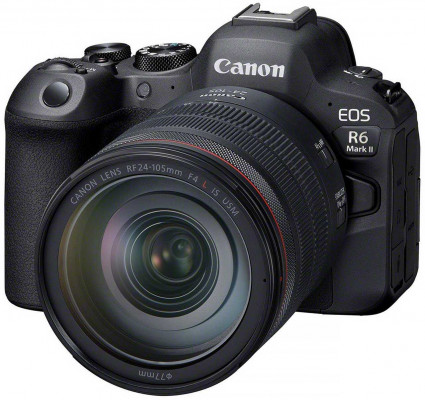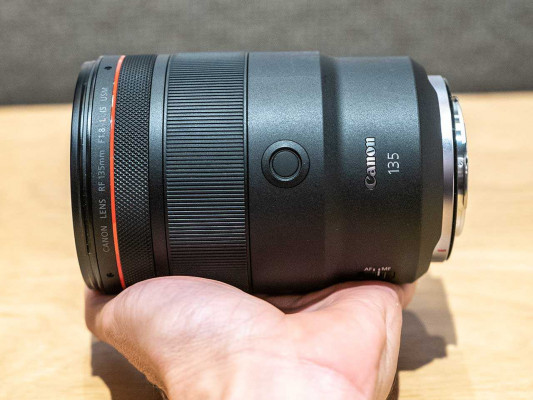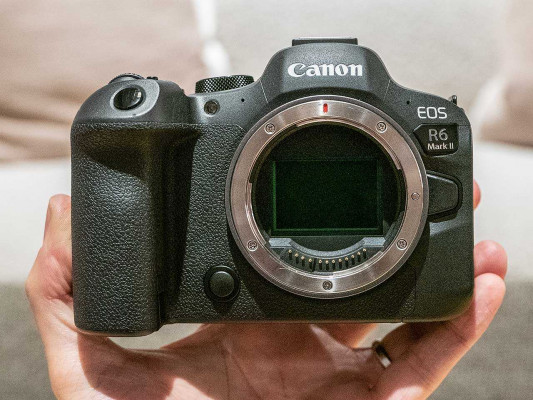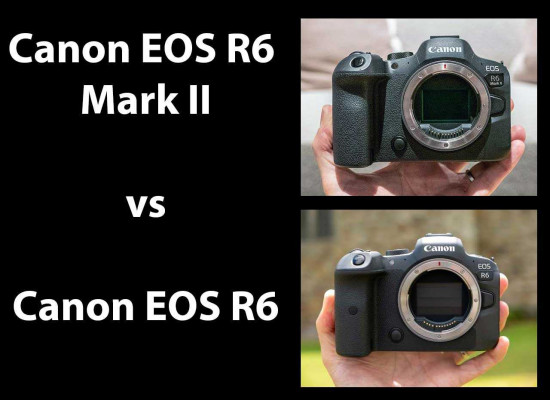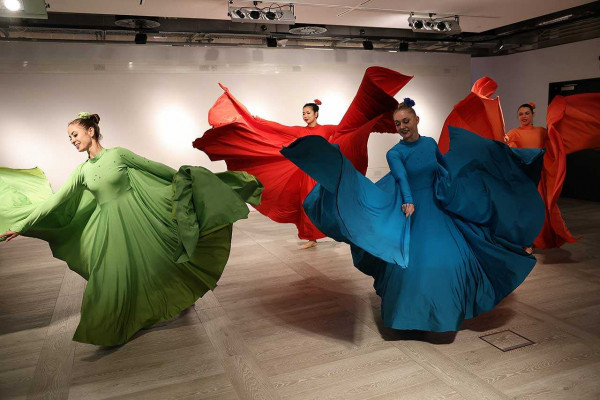Reviews

DJI Osmo Mobile 6 gimbal review
DPReview Latest |
These days, a typical smartphone has a camera that boasts some impressive features. But while it's easy enough to press a button to create a timelapse sequence or video clip or to zoom in on subjects, the final results often look unpolished because they lack stability. DJI's latest 3-axis smartphone gimbal, the Osmo Mobile 6 ($159), has arrived to steady your hand with a few new features and an updated app.
The Osmo Mobile 6 is the successor to the OM 5 (yes, DJI has changed the naming convention for this product as well). Besides offering up an extendable rod for taking selfies and capturing more angles, it adds controls that allow you to zoom in on subjects, pan and create a hyperlapse or story in combination with the accompanying app. It's compatible with both Android and iOS smartphones, with the latter OS featuring super-fast setup.
The Osmo Mobile 6 launches at the same price as its predecessor – but is it worth an upgrade? Should vloggers and content creators look at investing in one? Let's find out.
Jump to:
Gimbal overview | DJI Mimo app | What it's like to use | Conclusion
Key takeaways:
- 3-axis stabilization
- Magnetic phone mount for quick setup
- Quick Launch (available for iOS only)
- Status bar LEDs show battery life and camera mode
- Side wheel allows focus adjustment or zoom control
- Built-in extension rod for additional angles and vantage points
- ShotGuides feature recommends camera shots based on what you're filming and creates clips for social media
- ActiveTrack 5.0
- Numerous video modes
- Companion Mimo app includes various comprehensive tutorials
- Up to 6.5 hours battery life
The Osmo Mobile 6 was released a little over a year after its predecessor, the OM 5. At 189mm × 85mm × 44mm (7.7" × 3.3" × 1.7"), the Osmo Mobile 6 is slightly larger but still compact enough to fit in a small purse and carry around comfortably.
| What We Like | What We Don't |
|---|---|
|
|
The Osmo Mobile 6 gimbal
The Osmo Mobile 6's built-in extension rod is 215mm (8.5") when completely extended and gives you the ability to capture a wider variety of angles. The front side of the device has been updated significantly and is more intuitive to use.
 |
A status bar informs you when the device is connected and ready to go with a small indicator on the top left; green means it’s ready to use. Directly underneath it is the battery’s status. When the battery hits 20% or less, it will turn red. Directly to the right of both is an indicator showing which of the device’s four gimbal modes are activated.
The ‘M’ button that turns the device on and off and can also be pressed to automatically switch between gimbal modes, or three times to enter standby mode. Underneath is a red ‘Record’ button that you press to start recording video, or take pictures if the device is in photo mode.
 |
| The Osmo Mobile 6 has a status bar showing connectivity, battery life and gimbal mode. The side wheel allows you to zoom in and out on subjects or adjust manual focus. |
Beneath the Record button is the Switch button. Press it once to physically pivot between your phone’s front and back cameras. Press it twice to rotate the phone from portrait orientation to landscape. Pressing three times toggles the phone between video and photo mode.
Perhaps the most significant upgrade is a built-in side wheel for added control. Pressed once, it’ll allow you to manually adjust the camera’s focus distance. Pressed twice and turning the wheel forward or backwards will zoom the camera in and out in a smoother, more fluid fashion.
On the back of the device is a trigger button. Pressing it activates DJI’s Active Track 5.0 feature that turns the phone to follow a designated subject; it keeps it in the center of the frame for the most part. Pressing the button twice will automatically re-center the camera. Locking and unlocking as well as follow speed can also be adjusted with a few clicks on the trigger.
Like the OM 5, the Osmo Mobile 6 has a 1/4"-20 UNC port on the bottom for tripod attachment. Attaching the tripod is recommended by DJI when capturing timelapse or hyperlapse clips. An M3-0.5 screw hole on the top of the device can be used to attach an accessory such as an additional camera lens or microphone. A Vlog Combo, that retails for three times the price of the device alone, includes a DJI Mic Transmitter and Receiver.
DPReview did not receive a Vlog Combo for testing. Instead, a new product introduced with the Osmo Mobile 6 arrived: the OM Fill Light Phone Clamp ($59). This works the same way as the magnetic smartphone mount and features LED lights on both sides of the clamp that can be set to three different levels of brightness and color temperature. It needs to be charged separately.
 |
| The Fill Light clamps on to your smartphone the same way the regular one does. |
A regular smartphone clamp is included with every Osmo Mobile 6 package. Introduced with the OM 4, the clamp easily attaches to the mounting plate on the gimbal. The smartphone clamp needs to be as centered as possible or it won't work properly, and DJI's app will notify you to do so. This latest version can handle larger smartphones than the last one.
The Osmo Mobile 6 takes a maximum of 1 hour and 24 minutes to charge and can operate up to 6 hours and 24 minutes in ideal conditions.
The DJI Mimo app
The Osmo Mobile 6 is powered by DJI's Mimo app. The app is simple but it also features an overabundance of video tutorials for getting started and for using features such as Stories and ShotGuides.
DJI has also made their LightCut app available for more customizable video editing. LightCut is pared-down and easy to use. It offers simple, straightforward tools for sequencing and editing a series of clips along with titles and music. It has numerous templates that can be used if you so desire. You can't do anything too sophisticated with it, but for the casual vlogger or content creator it's a useful (and free) tool.
 |
| While DJI's Mimo app is sleek, the ShotGuides section feels a bit cluttered and overwhelming. |
On the right-hand side of the Mimo app (or at the bottom, depending on the smartphone's orientation), you'll find the photography and videography shooting modes. They are:
- Video: tap to shoot a regular video.
- Photo: capture still pictures. You can start at 0.5X for a wide angle and zoom in up to 8X. Holding down the button activates burst mode.
- Hyperlapse: shoot a hyperlapse sequence while moving the mobile phone.
- Timelapse: there are four default ways to record this: fixed, sequence, right-to-left or reverse. You can also set up a custom motion with up to four positions for the gimbal to maneuver between.
- DynamicZoom: simulates a dolly zoom effect. Tap the screen to select either the Move In or Move Out mode and drag a box to select your subject. You then walk towards or away from the subject to create a video clip.
- Slow Motion: record video at either 4X or 8X slow motion.
- Pano: capture 3×3, 240°, or CloneMe. The latter creates an image in which the same subject appears in multiple places in the same photo. It counts down 5 seconds after each capture so your subject can move to the next position in the frame.
- Story: provides a multitude of templates, guides, and automated angles. After each clip is recorded, it will be stitched together for an instantly shareable story.
ISO, shutter speed and EV values are displayed at the bottom of the screen. Just above is a scroll bar which you can use to zoom in and out from 0.5X to 8X. A three-dot icon on the bottom-left-hand corner of the screen opens up to a menu containing camera, gimbal and general settings. The left-hand side gives you instant access to shooting modes and Glamour settings.
The top of the app gives you access to Stories and ShotGuides, displays the battery life for both the gimbal and your smartphone, shows you which mode the side wheel is in (Manual Focus or Zoom) and also allows you to toggle between the front and back cameras on your phone. The ActiveTrack Select Box will pop up in the center of the frame when Video is activated. ActiveTrack 5.0 will not work if the camera is zoomed in more than 3X.
What's it like to use
The Osmo Mobile 6 is slightly larger and heavier than the OM 5. DJI says that was necessary to give it a more ergonomic grip, but I honestly didn't notice much difference. The biggest relief, in my opinion, is how much easier it is to unfold the device and connect my mobile device. In my review of the OM 5, I pointed out that I was afraid of breaking it. This is no longer the case as DJI has improved the overall design and functionality.
The most significant addition is the new display bar on the device's main handle. Green indicates it's ready to go; yellow tells you if Bluetooth (now 5.1) is not connected; and red signals that the battery is about to die. The side wheel is also a nice addition; however, I found zooming in and out on a scene with it was not as smooth as expected. I had a slightly better experience dragging my finger across the bar on the screen.
The biggest relief is how much easier it is to unfold the device and connect my mobile device. With the OM 5 I was afraid of breaking it.
I wish there was a simpler way to change the Slow Motion speed. It's automatically set to 8X. This means that recording for about 8 seconds gets you well over a minute of footage. Also, I found the quality to be lacking; it was a bit grainy. I wish there was a way to tap the screen where it displays '8X' and automatically switch to '4X.'
Another issue I have is with DynamicZoom. You cannot zoom in or out on something before you start recording. I was outside at the time when preparing to shoot, and had to take about 10 additional steps back to get my subject in the frame. What would happen if I was indoors and the area was constrained?
Both the Magnetic Phone Clamp 3 and the Fill Light Clamp snapped in instantly and comfortably secured my iPhone 12 ProMax. Since iOS devices are compatible with Quick Launch, my device connected instantly, making shooting a breeze. DJI did not say when this feature would be available for Android users.
The Mimo app keeps getting cleaner and more sophisticated. However, I found ShotGuides to be a bit overwhelming. There a ton of categories, each of which contains a lot of angles with video examples. Sometimes I wasn't sure if I was shooting a take or watching the tutorial. Also, City Themes can send you on scavenger hunts, for example to find a traffic light. While DJI lists the number of times each theme has been used in-app, I don't see this type of content on the social feeds I follow.
Which leads me to Stories, an OK feature but not one I could see myself using for content creation. The checkered pattern is overused and the predetermined length for each clip cannot be adjusted. At one point, when I was following the suggestions for gimbal movement, it panned in on the corner of my arm. The one bonus is, if you're happy with the final result it's easy to instantly share.
I also tried out DJI's LightCut app. Its music selection is pedestrian, in my opinion, and what you select does not override the ambient ground sounds. Manually editing clips is easy and straightforward enough, as that part of the app is straightforward, but you can get a similar experience with third-party apps such as InShot.
There are, of course, quite a few templates you can use here too. I tried out 'Autumn' but found the yellow leaf animations overlaying my imagery to be quite cheesy. LightCut is free, and you don't need to be connected to a DJI device to use it either. I guess you get what you pay for, so to speak.
As noted above, DJI now uses ActiveTrack 5.0. I tried this feature out at the skate park in my neighborhood. While it locked on to subjects almost immediately, I also found that it would lock on to another if it crossed in front of your initial subject. It did track a main subject for about 150 yards before losing connection, an improvement over the OM 5.
With Glamour Effects you can slim your face and widen your eyes, but the results aren't terribly dramatic.
Also noted above is the separately-available Fill Light ($59), which adjusts to three different brightness and color tones. It works the same way as the original magnetic clamp for connecting your smartphone to the device, but needs to be charged. A power button and status light decorate this clamp.
 |
| Using the Fill Light and Glamour Effects does wonders on this tired, makeup-free face. That being said, your skin will be shinier so make sure to wash it or dab on a bit of powder. |
Overall, the DJI Osmo 6 is really steady and using it to capture imagery is a breeze. That said, if you're aiming to get shots like those you see in DJI's promo videos for this device, it is going to take some trial and error.
Who's it for?
As smartphones and their cameras get more sophisticated, it can make sense for many people not only to use them to capture moments but add tools to make their imagery more professional.
The quickness and convenience of using the Osmo Mobile 6 makes it appealing. You don't have any SD cards or uploads to deal with, and everything saves either to the app or your smartphone. For vloggers and casual content creators, this is an ideal device for creating smoother and more sophisticated-looking footage.
 |
| This is one example of a Panorama Shot I took. Honestly, the result might be better if you took some shots and stitched them together yourself. |
As a disclaimer, I own an OM 5 and use it for a variety of purposes. Would I upgrade to the Osmo Mobile 6? Probably not. While the side wheel and status bar are nice upgrades, they're not substantial enough to justify selling mine to acquire the newer version – especially since the new Fill Light is also compatible with the OM 5. I'm going to wait and see what the next generation has to offer.
For someone who has never owned a 3-axis gimbal stabilizer, though, picking up an Osmo Mobile 6 offers a more sophisticated experience. A lot of social networks now prefer Reel-like video content over photography, and this type of device is suitable for those who document their lives and travels.
Conclusion
If you're picking up an Osmo Mobile device for the very first time, it will take a bit of effort to seamlessly capture shots. While it's easy to connect your smartphone and go (especially if you're on iOS), you'll need to take some time to figure out the settings to achieve your desired effect. The built-in extension rod helps for capturing new or challenging angles, but that can take practice too, depending on what you want to achieve. It is pricey for a smartphone gimbal, but depending on what you're using if for and how often, it could be well worth the investment.


